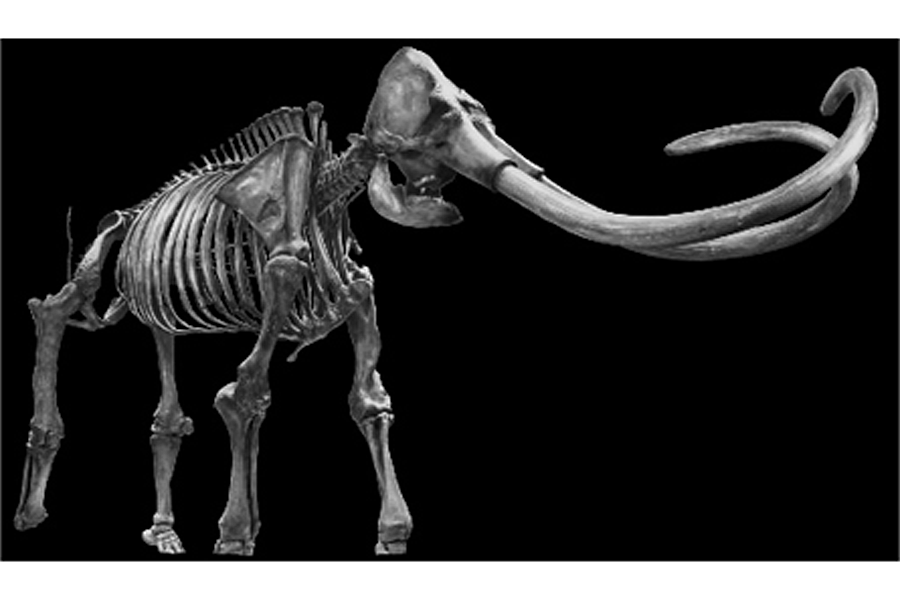Construction for Calif. homes unearths former residents: Ice Age fossils
Loading...
Everything was proceeding as usual when workers began grading a California development site marked for new homes. At least everything appeared normal until fossils appeared in the freshly disturbed earth one July day.
And the fossils just kept coming.
Throughout the summer, workers and paleontologists discovered many more fossils, dating from the the last Ice Age.
These were no small fossils. The former residents of the development site included humongous mammoths and a bison, among other animals that lived some 50,000 to 200,000 years ago during the Pleistocene Epoch.
“It’s really an exciting project in terms of the geology and paleontology,” Tom Deméré, curator of paleontology at the San Diego Natural History Museum, told the San Diego Union-Tribune.
“The fossils have the potential to tell us a great deal about the climate, the environment, (and) the ecology of that time when they were living,” Deméré said. “They are direct connections with the past, an ancient ecosystem that was once common here. We can understand how climates can change by studying these ancient ecosystems.”
In addition to the bison and mammoth fossils, the site yielded horse and turtle fossils.
California law requires a paleontologist on site when large amounts of earth are displaced to make way for construction projects of this scale. When the first fossils appeared at the Carlsbad development site, work was stopped for scientific exploration.
But the project superintendent, John Suster, wasn’t fazed.
“I said ‘Take your time, this is kind of cool,’” said Suster, the project superintendent for San Diego-based developer Cornerstone Communities.
The bison fossil, made up of a skull and partial skeleton, hasn’t been identified yet but may be either a giant bison or an antique bison, according to Deméré. About three years ago another bison fossil was found in San Diego County, the first found in the county, and was determined to be a giant bison, which could have weighed two tons.
The mammoths found in Carlsbad were four or five times as hefty when they roamed the Earth. The fossils include at least two Colombian mammoths, larger than the woolly mammoth, which weighed eight to 10 tons during life.
Before grading began, you might not have guessed at the history the Carlsbad site held. “It’s just rolling hills, nothing special,” Suster said. “I don’t think there’s any way you could have known.”
Fossils have appeared in mundane places before.
A rare ancient whale fossil was recovered in a California backyard in August 2014. That following September, a four-year-old found a 100-million-year-old dinosaur while marine fossil hunting with his father behind a grocery store.








